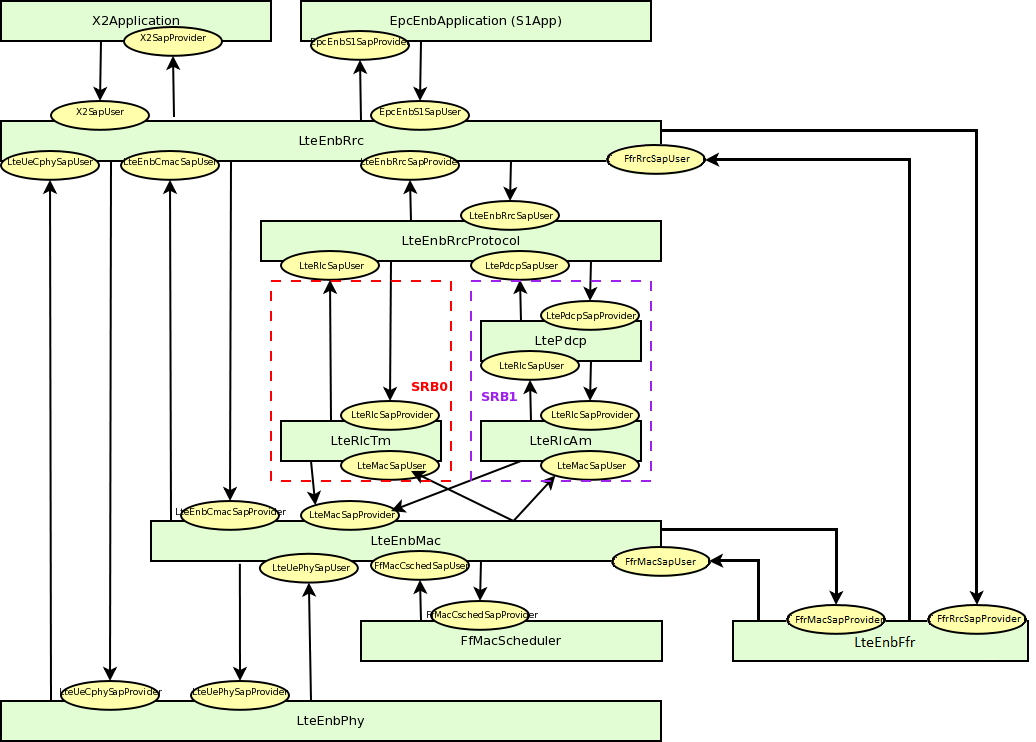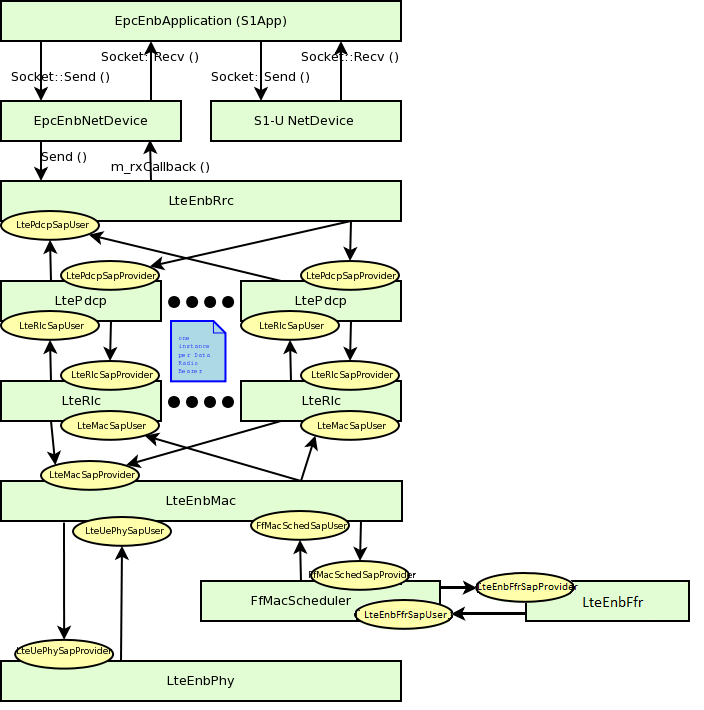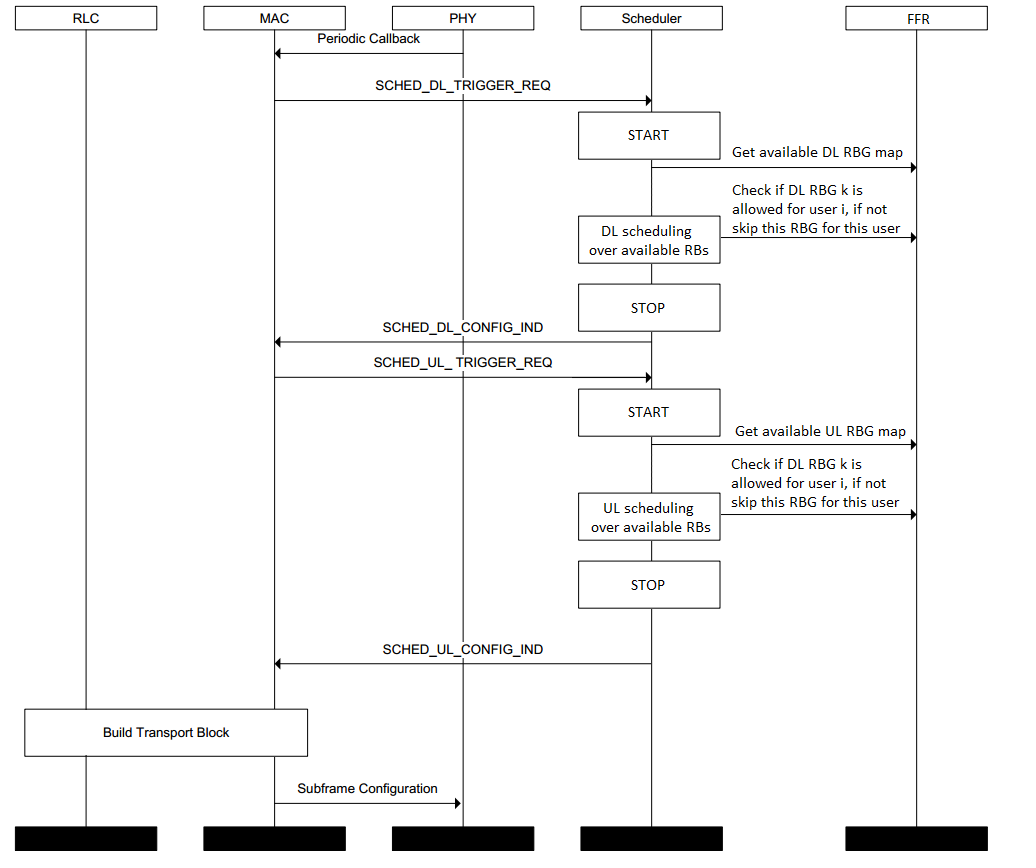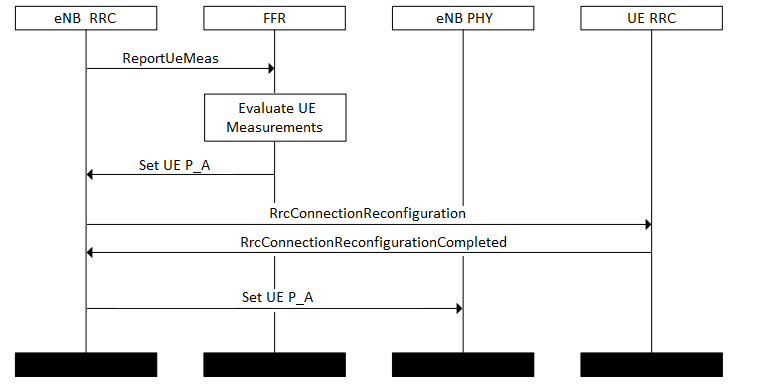GSOC2014LteFFR
Main Page - Roadmap - Summer Projects - Project Ideas - Developer FAQ - Tools - Related Projects
HOWTOs - Installation - Troubleshooting - User FAQ - Samples - Models - Education - Contributed Code - Papers
Return to GSoC 2014 Accepted Projects page.
Project overview
- Project name: LTE Fractional Frequency Reuse algorithms
- Student: Piotr Gawłowicz
- Mentors: Nicola Baldo, Marco Miozzo
- Abstract: The main goal of the project is to extend LTE module to support Fractional Frequency Reuse. I will develop few FFR algorithms. Since power adjustment is the main part of most of FFR schemes, it will be implemented too.
- Code:
- About me: I am currently a Master's Degree student in Telecommunication at AGH University of Science and Technology in Cracow, Poland. My interests include network simulations. I have been using ns-2, ns-3 in research projects at my university. I did internship in R&D Center, where I was working and developing ns-3 LTE module.
Approach
Project will be developed incrementally. I will start with simple FFR schemes which require less functionalities to be added. For example, Hard FR and Strict FR divide bandwith into sub-bands, so only functionalities to mute some sub-bands in eNBs and to distinguish in which sub-band UE operates is needed. Then I will develop more complicated FFR schemes, like Soft Frequency Reuse and Enhanced Fractional Frequency Reuse, which require also power adjustment in uplink and downlink. Finally, I will create distributed FFR algorithm, which needs communication between eNBs.
Deliverables
- FFR algorithms: Hard FR, Strict FFR, Soft Frequency Reuse, Enhanced Fractional Frequency Reuse, Multi-sector Gradient
- Power adaptation in downlink and power control in uplink
- methods to support X2-C SON messages (required to implement distributed FFR algorithm Multi-sector Gradient)
- updating helpers
- tests and examples
- documentation
Weekly Reports
Community bonding period
Design phase started during community bonding period.
It was decided that abstract class FfrAlgorithm will be base class for all FFR algorithms implementations. Also three SAPs were defined : FFR-Scheduler-SAP, FFR-MAC-SAP and FFR-RRC-SAP.
In current implementation, scheduler contains vector indicating if RBG is used or not. This vector is filled with "false" values in the begining of scheduling process, so all RBG are available. Proposed idea is that instead of filling this vector with false, scheduler should ask FFR for this map. If FFR set TRUE on some RBG, scheduler will not use it, because it will asses it is already used. This solution is sufficient for simple FFR scheme as Hard Frequency Reuse, where each eNB has only one subband. For other more advanded FFR algorithms, scheduler needs to ask FFR entity if user can be served with this RBG.
Downlink Power Control is needed. RRC-FFR-SAP will have a method to allow the FFR to set the P_A parameter to the RRC. When this method is called, the EnbRRc will trigger an RRC connection reconfiguration, and then call a new CphySap Method to set the per-user transmission power offset (P_A).
Week 1 (May 19, 2014 - May 23, 2014)
First week of coding phase has delivered the following:
- Implementation of FfrAlgorithm abstract class which will be base class for FFR algorithms
- Implementation of SAPs: FfrSchedulerSap, FfrMacSap and FfrRrcSap.
- LteHelper was updated to install FFR entity and SAPs during setting up EnbNetDevice. Now, only PF scheduler is supported.
- Implementation of Downlink Power Control (almost finished, last thing is to implement RrcConnectionReconfiguration function to inform UE about new P_A value )
- Implementation of trivial FFR algorithm which returns always true, so act as without FFR.



